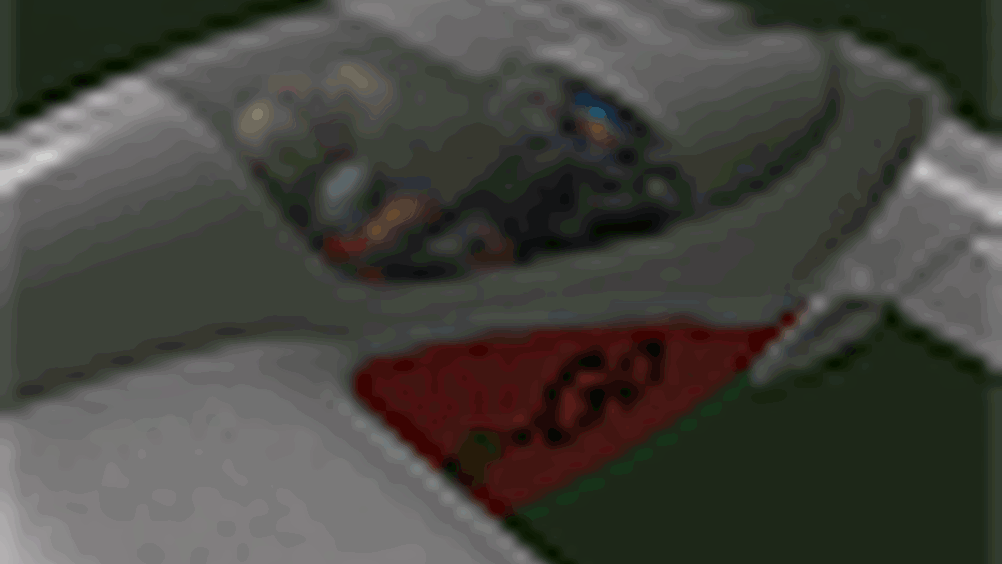Economy flight
A light aircraft uses an alternative design and materials to maximise its capabilities

A canard aircraft design that claims to push the boundaries of performance and fuel economy is nearing completion following collaborative testing with
.
Initially conceived by aeronautical engineers Tony Bishop and Giotto Castelli, the e-Go aircraft has been created in response to new regulations by the Civil Aviation Authority (CAA) aimed at promoting light aircraft design in the UK. Since the rules were introduced in 2007, the design has gained popularity, prompting the pair to form a company in order to develop the design with a view to commercialisation.
Bishop said: 'Our aim is to push the boundaries for maximum performance by creating something that is both lightweight and highly resilient. To do this we've had to test the limits of structural and aerodynamic technology. That's also led us to stretch ourselves with regards to manufacturing processes because we're using a fairly unusual combination of materials.'
One such material is the latest pre-preg carbon fibre that can be cured at temperatures as low as 65°C. Bishop explained: 'We're using the carbon fibre in remarkably small quantities so we finish up with very thin webs. However, to stabilise the structure and get the weight down we're using a carbon cloth that is pre-impregnated with a resin.
Register now to continue reading
Thanks for visiting The Engineer. You’ve now reached your monthly limit of news stories. Register for free to unlock unlimited access to all of our news coverage, as well as premium content including opinion, in-depth features and special reports.
Benefits of registering
-
In-depth insights and coverage of key emerging trends
-
Unrestricted access to special reports throughout the year
-
Daily technology news delivered straight to your inbox










Water Sector Talent Exodus Could Cripple The Sector
Maybe if things are essential for the running of a country and we want to pay a fair price we should be running these utilities on a not for profit...